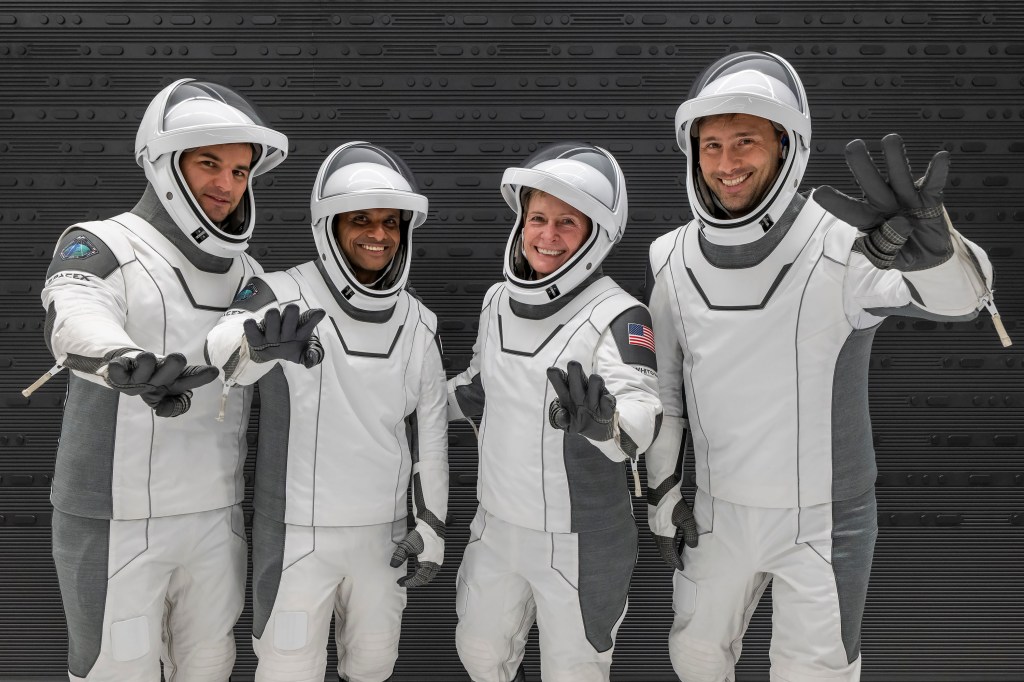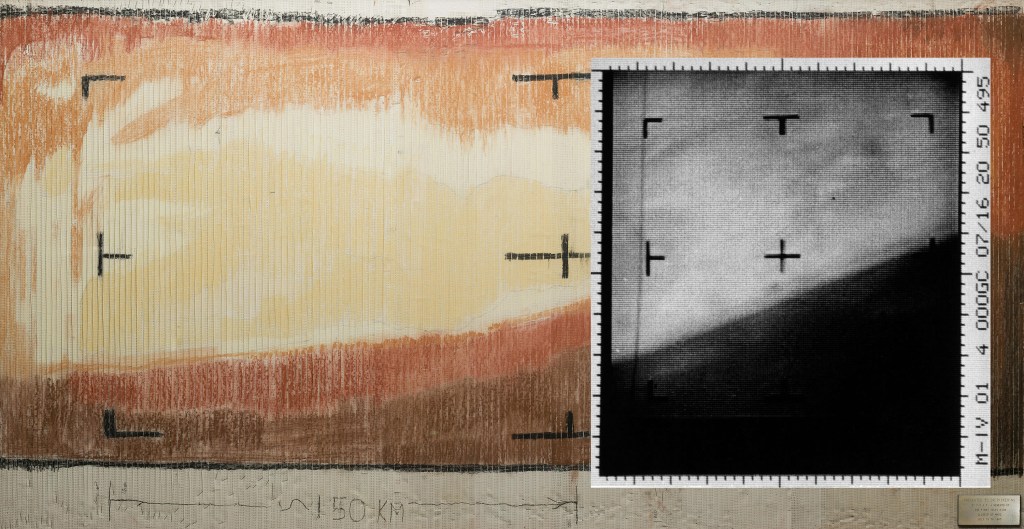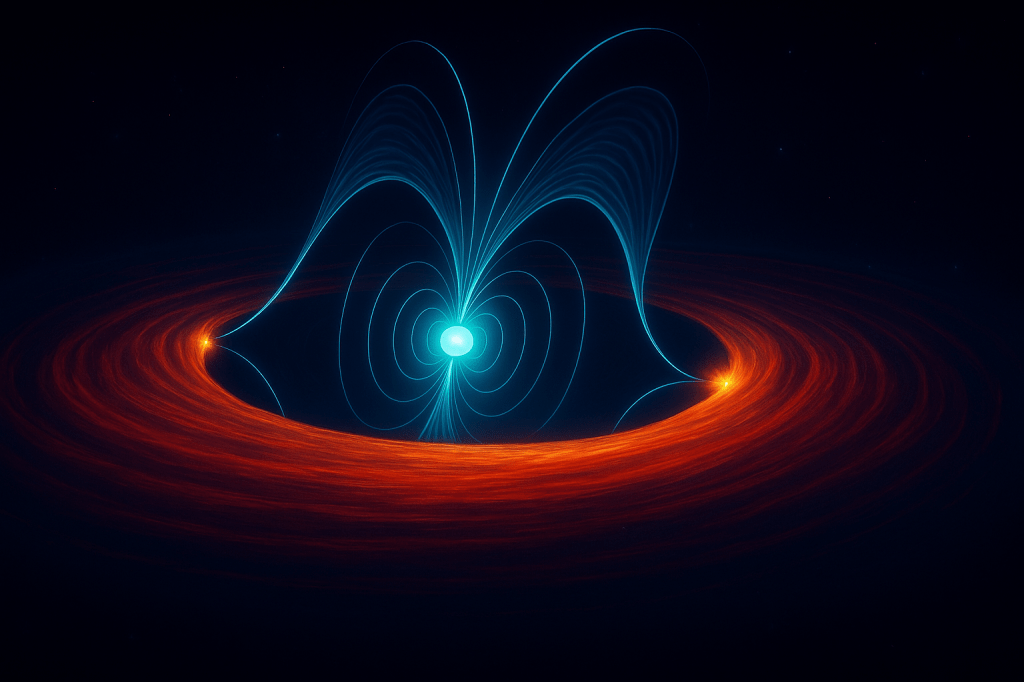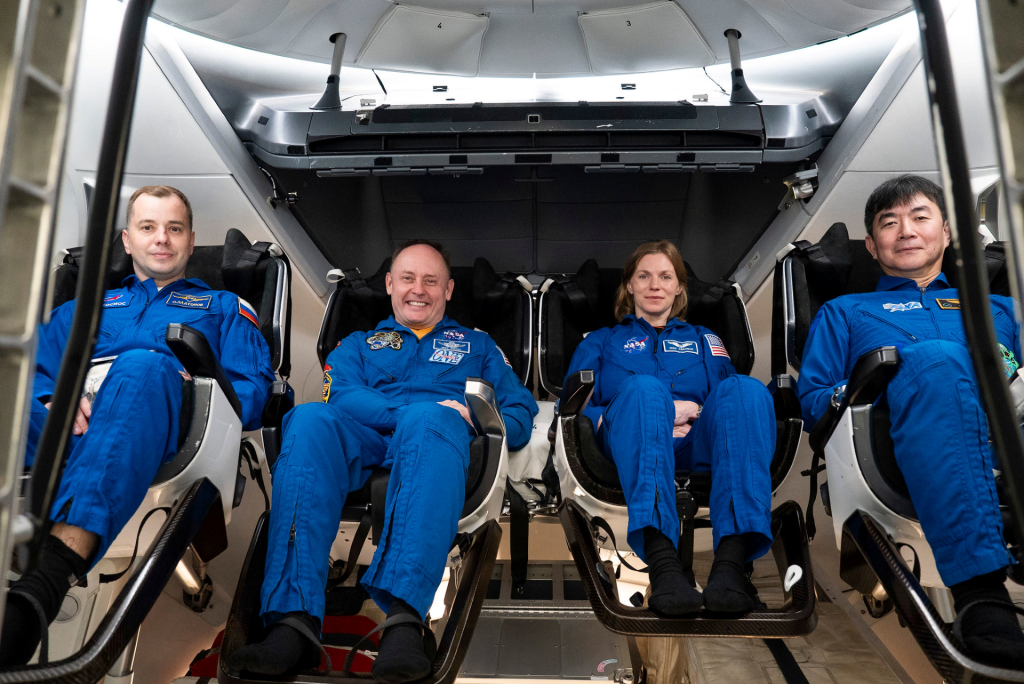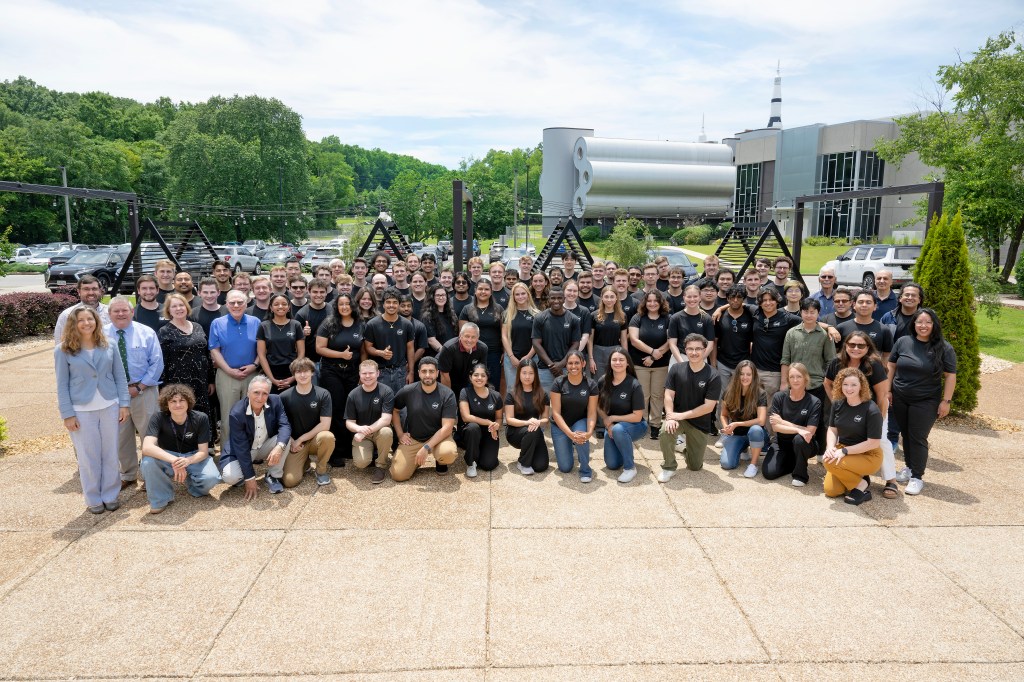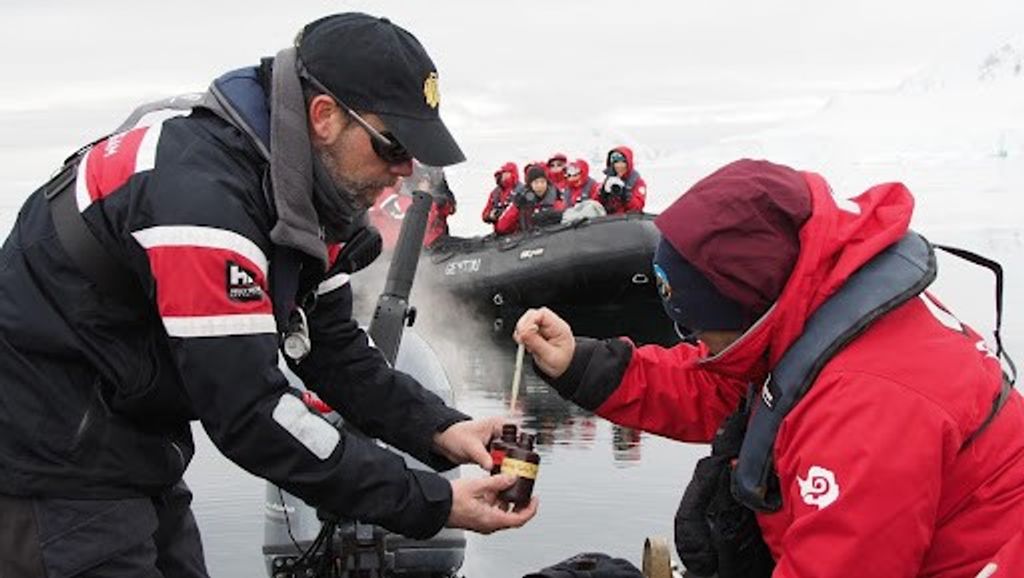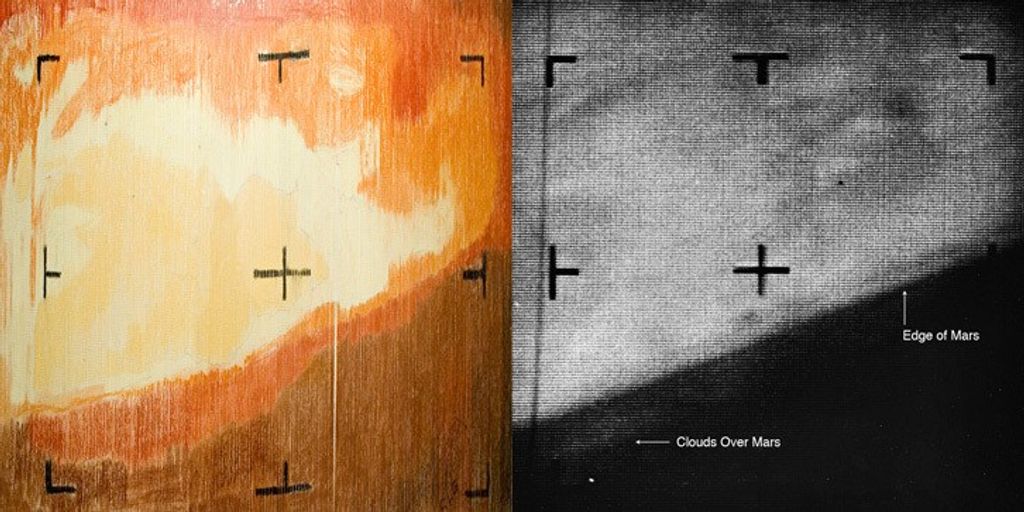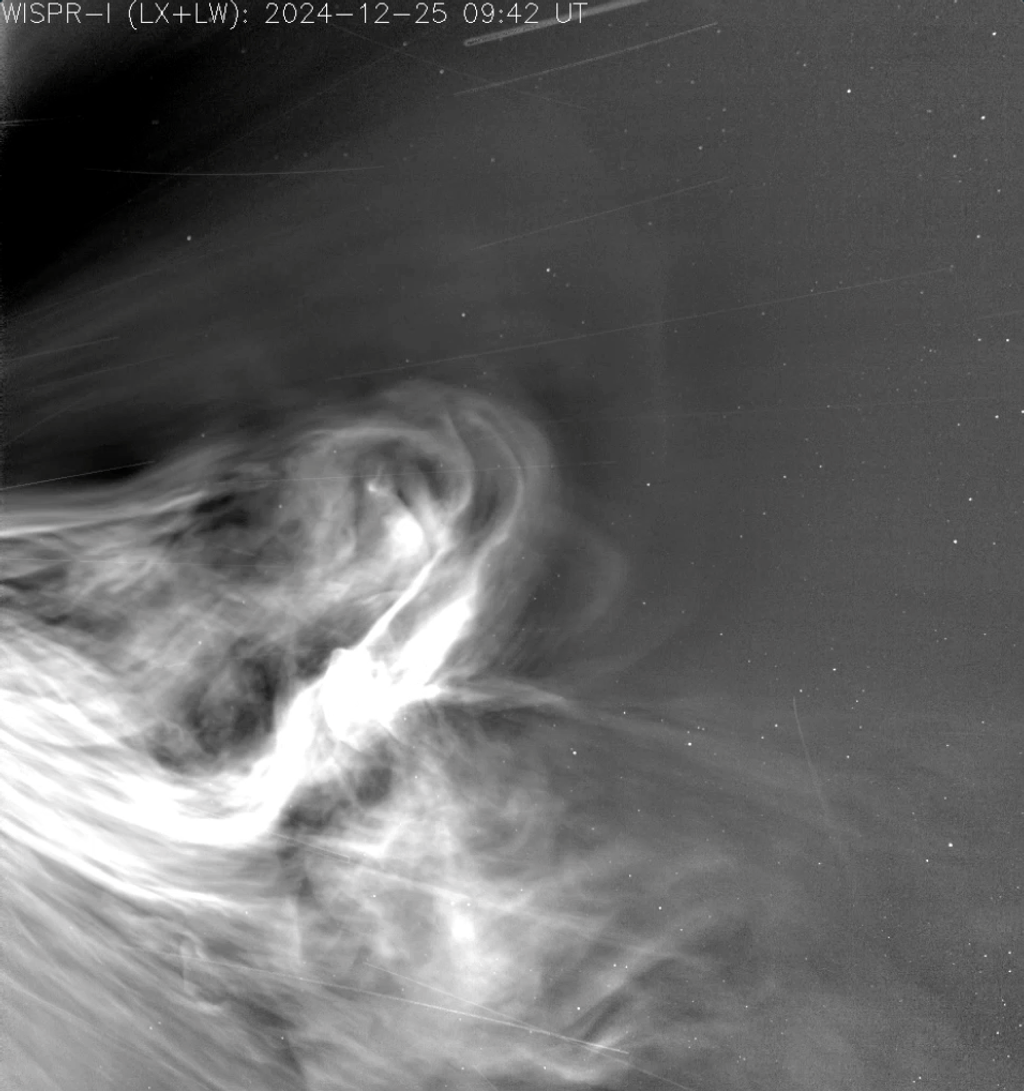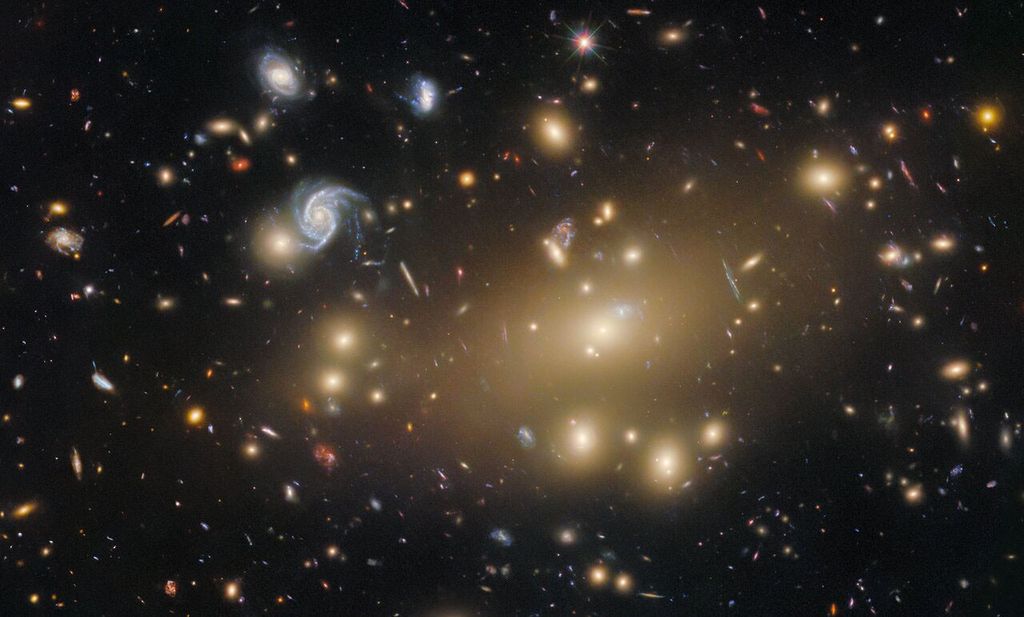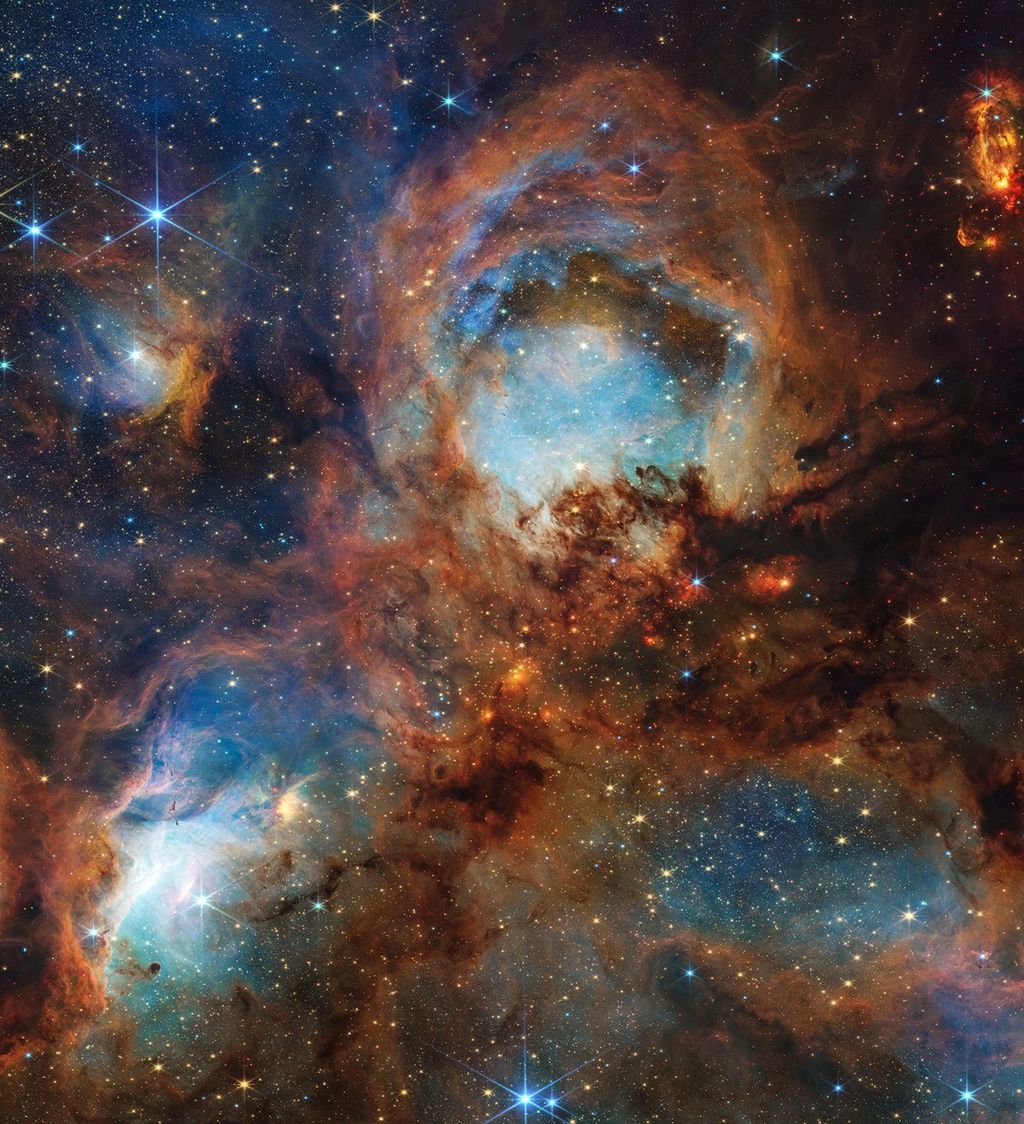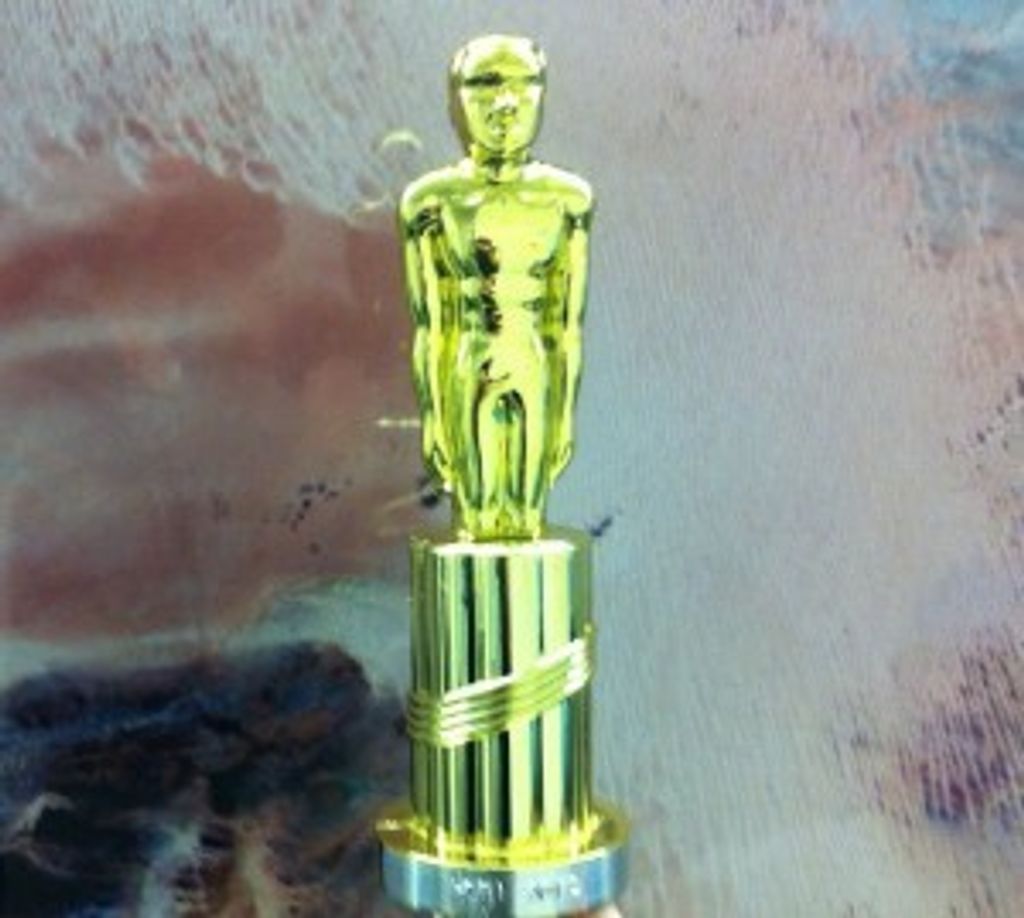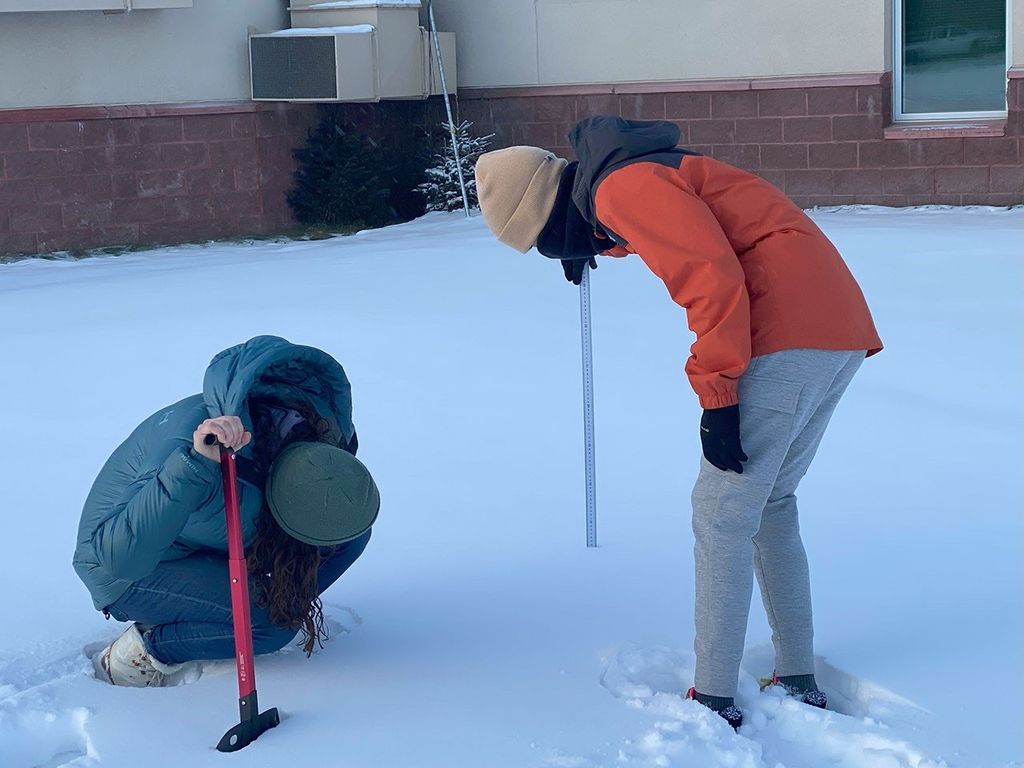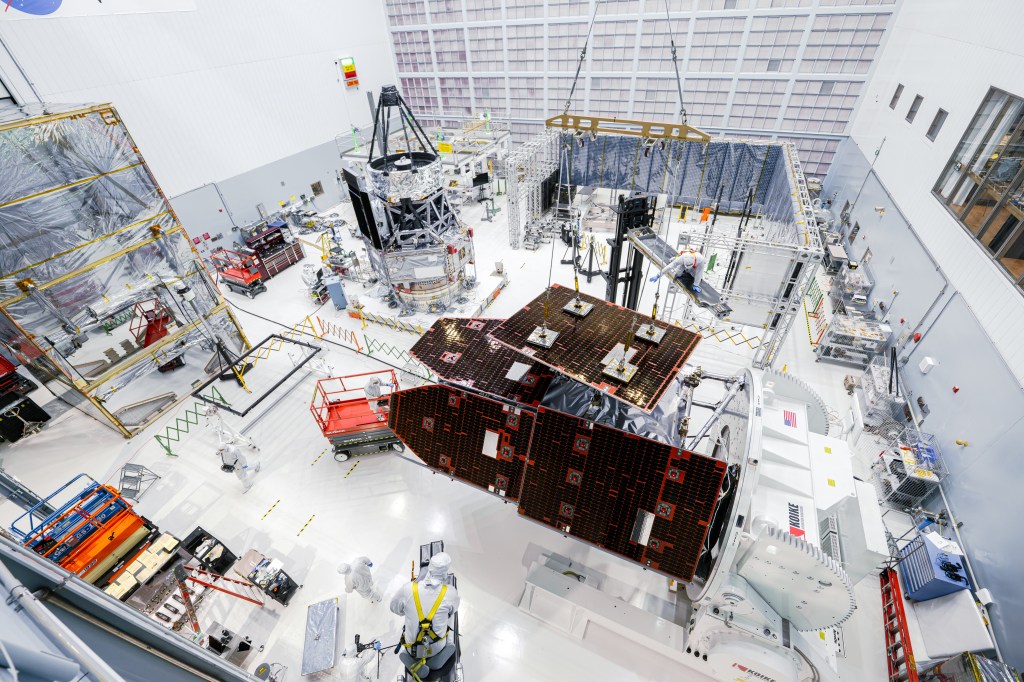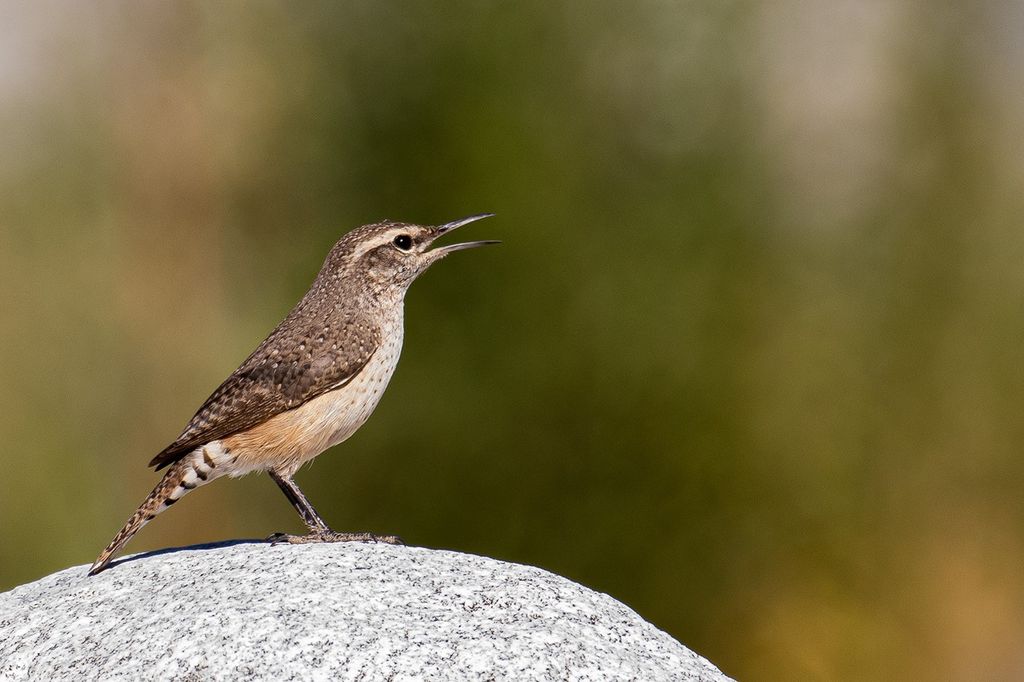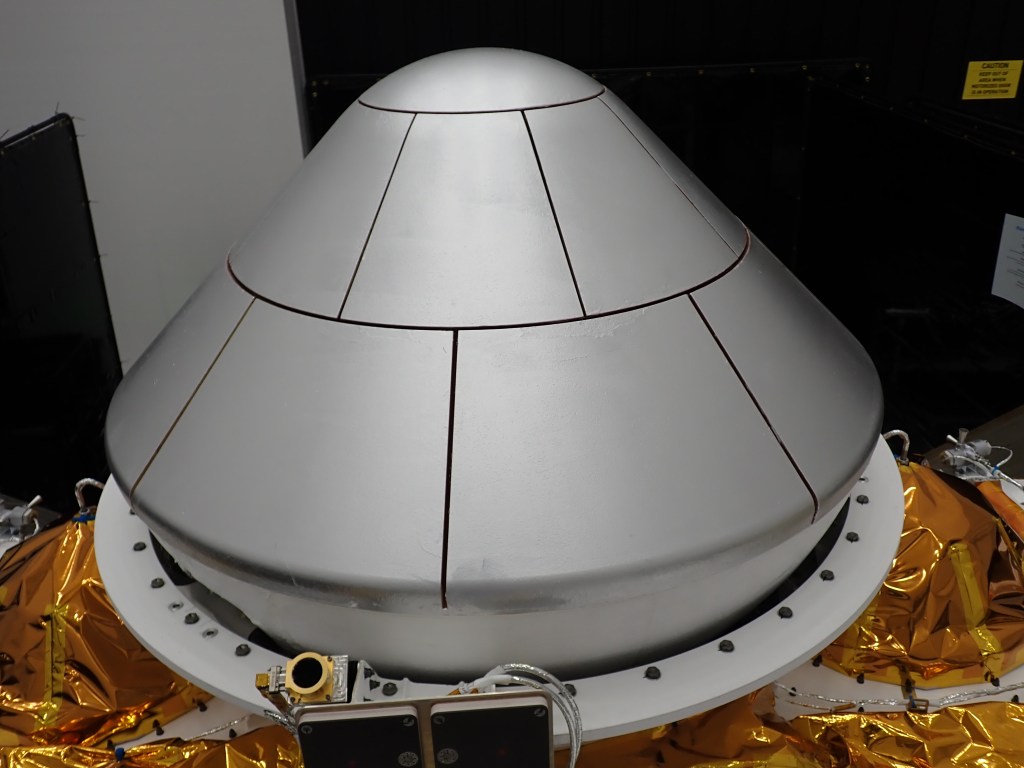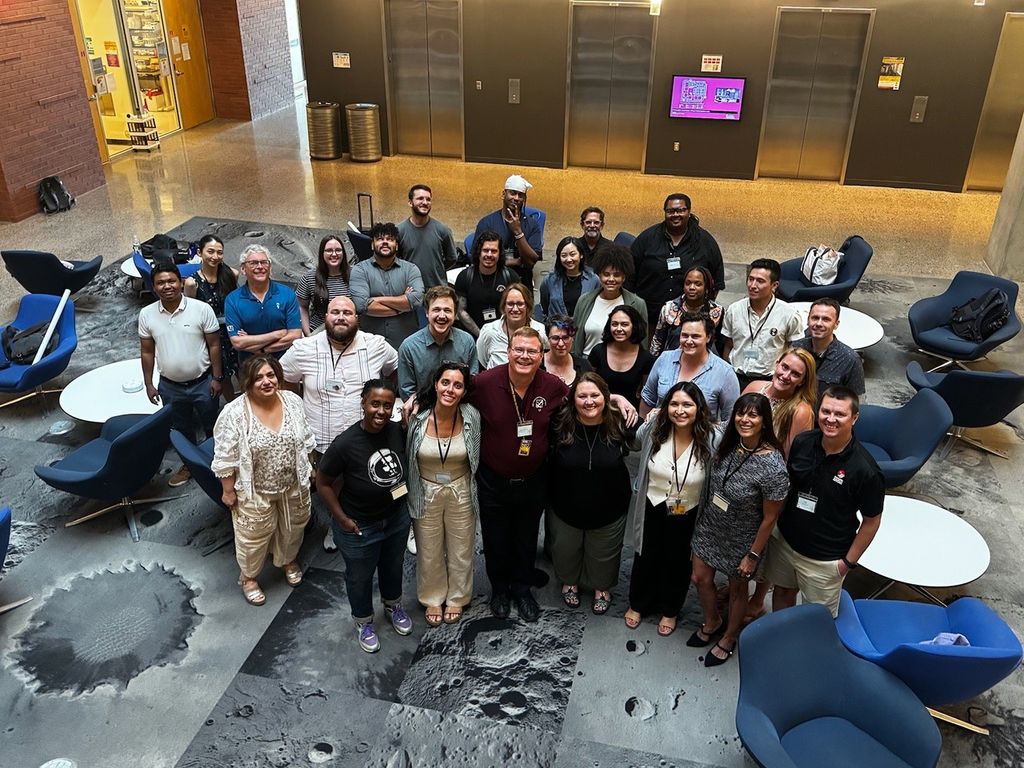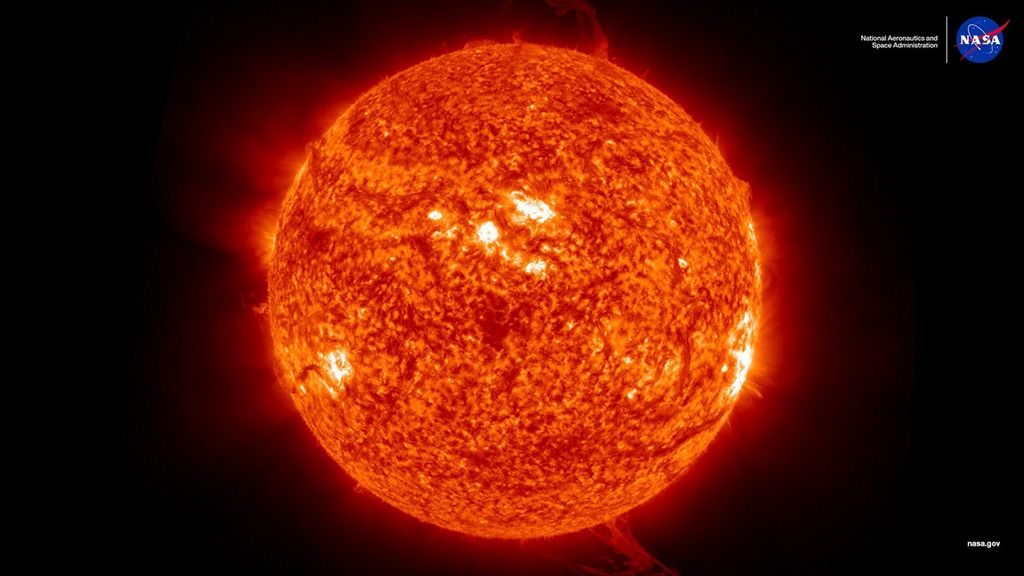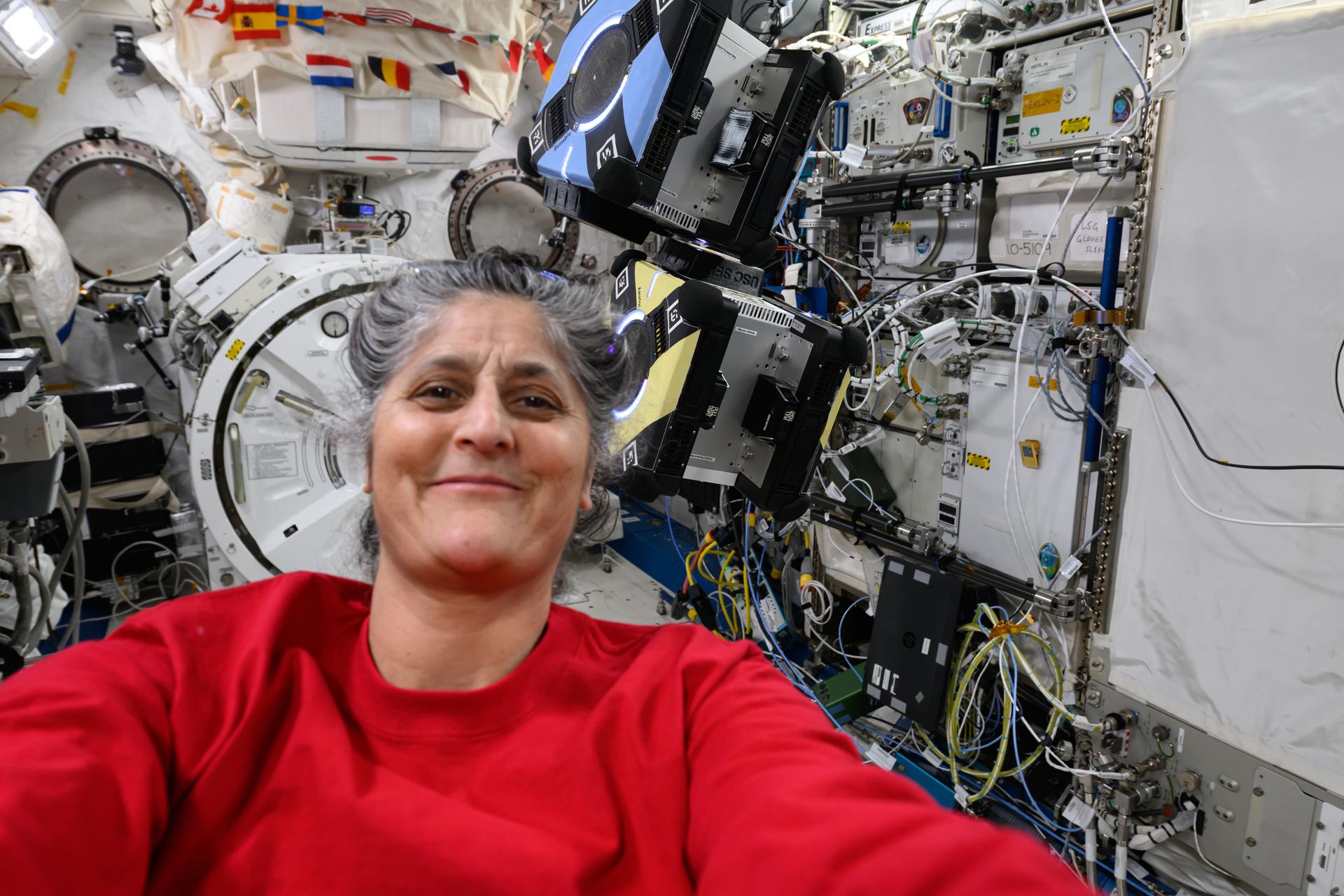Biotechnology to Sustain Crews on Long Missions Tops Research Schedule
Biotechnology kicked off the work week aboard the International Space Station as the Expedition 72 crew members explored ways to counter the effects of microgravity and produce vitamins and nutrients during long-term space missions.
The lack of gravity leads body fluids to move toward an astronaut’s head potentially causing eye structure and vision problems. NASA Flight Engineers Nick Hague and Butch Wilmore spent all day Monday investigating the phenomena using a thigh cuff as a potential countermeasure to the headward fluid shifts. Hague wore electrodes and the thigh cuff as Wilmore performed an ultrasound scan on Hague, measured his eye fluid pressure, and checked his blood pressure testing the effectiveness of the biomedical device. The tight leg cuffs are compact and lightweight, ideal for spacecraft, and may help protect crews on missions to the Moon, Mars, and beyond.
Providing vitamins and nutrients to keep crews healthy is another key research goal as NASA and its international partners plan longer-term missions farther away from Earth. Station Commander Suni Williams reviewed procedures on Monday for the BioNutrients biotechnology study to demonstrate producing fresh nutrients in space. Preserving nutrients on long-term space missions causes them to degrade over time. However, using genetically engineered yeast to enable on-demand production of nutrients to supplement potential vitamin losses from the stored food may benefit crews traveling longer and farther away from Earth.
NASA Flight Engineer Don Pettit spent his day inside the Tranquility module on orbital plumbing duties replacing hydraulic components on the waste and hygiene compartment, or the space station’s bathroom.
Cosmonauts Alexey Ovchinin and Ivan Vagner started their day testing communications with the Progress 89 cargo craft due to depart at the end of February after six months docked to the rear port of the Zvezda service module.
Ovchinin then moved on and worked on Zvezda’s ventilation system and began packing the Progress 89 with trash and discarded gear. Vagner worked on orbital plumbing inside Zvezda’s bathroom repairing pumps and pipes inside the Roscosmos segment’s toilet. Flight Engineer Aleksandr Gorbunov spent his day inside the Nauka science module first swapping out electrical hardware then inspecting and cleaning laptop computers.
Learn more about station activities by following the space station blog, @space_station and @ISS_Research on X, as well as the ISS Facebook and ISS Instagram accounts.
Get the latest from NASA delivered every week. Subscribe here.


